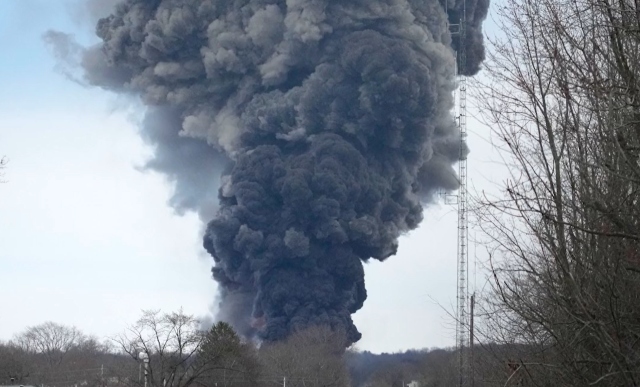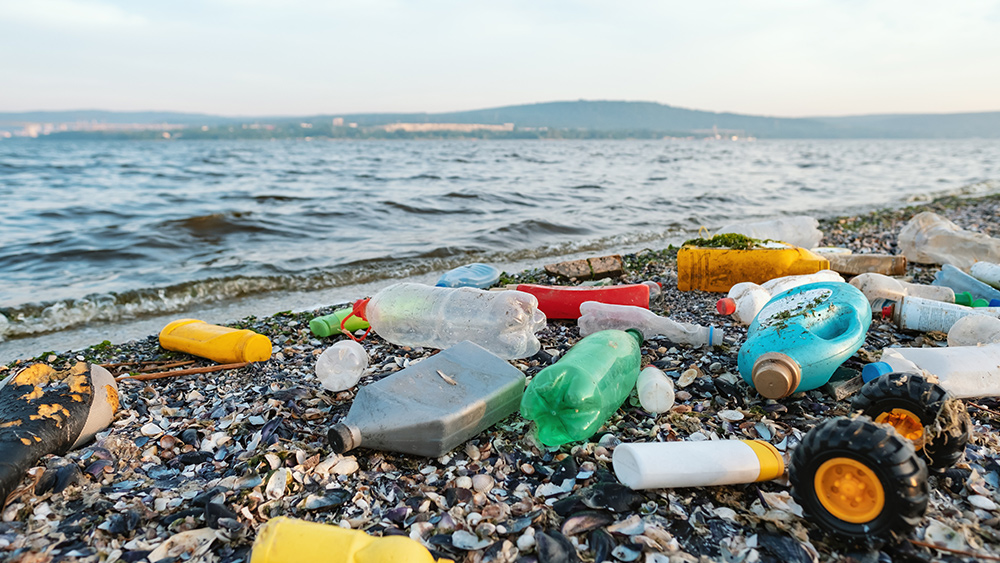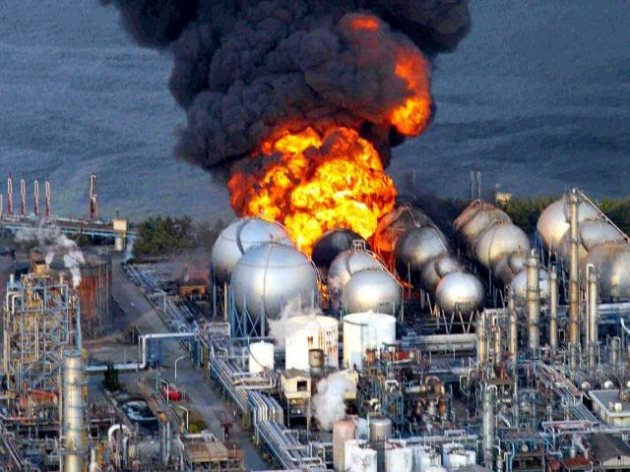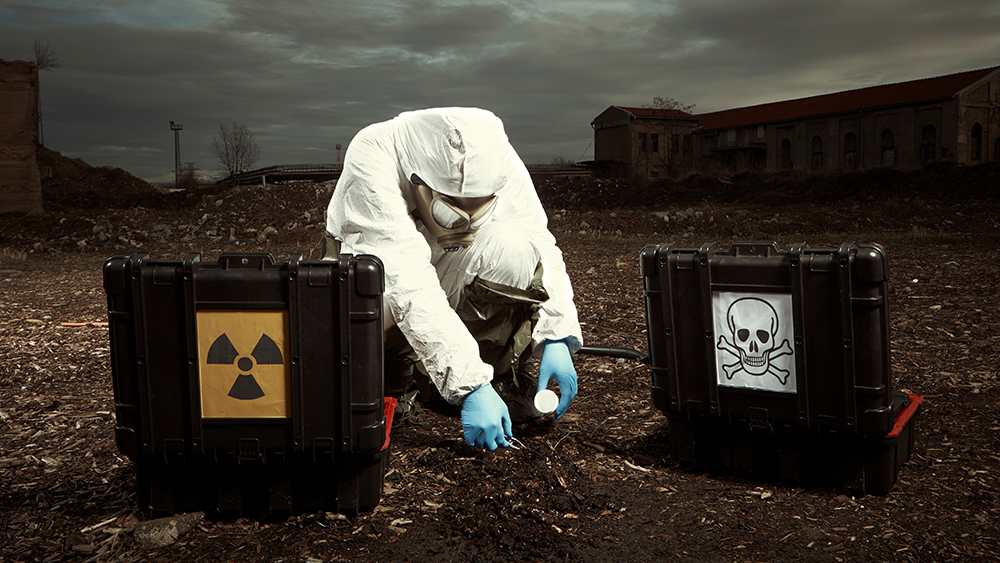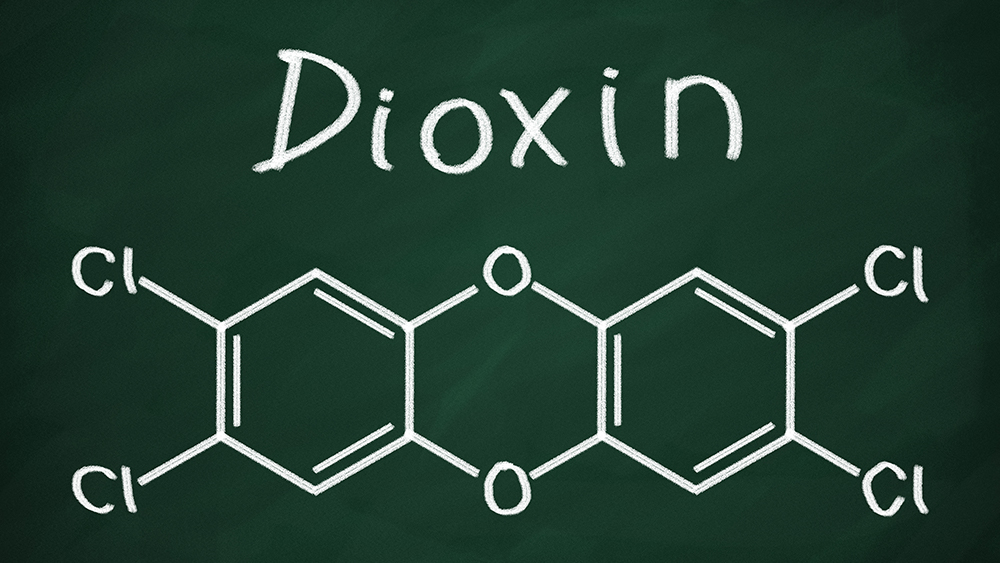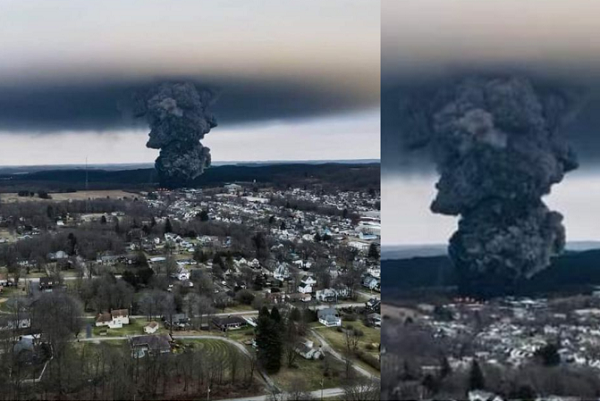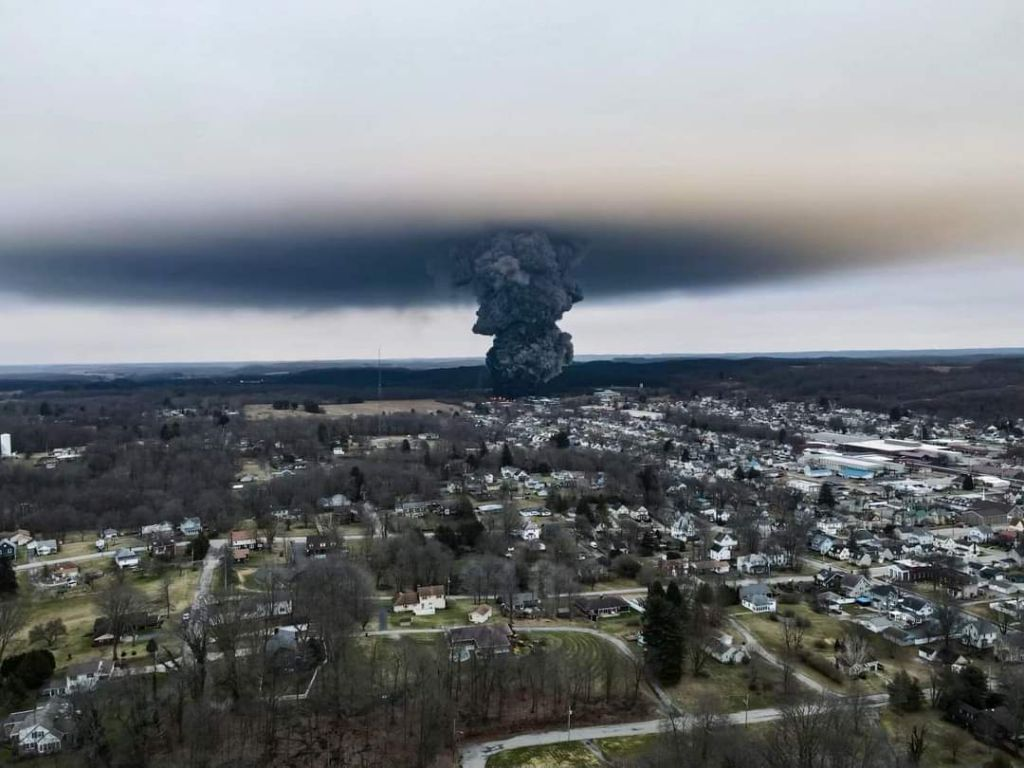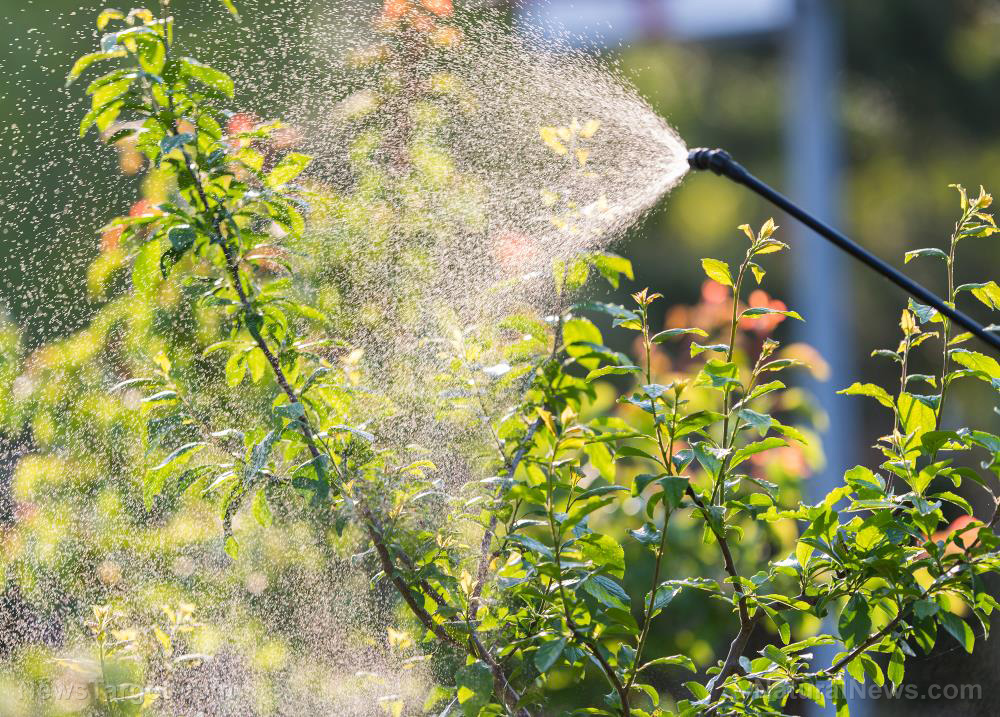Concerning levels of FOREVER CHEMICALS detected in several species of fish in UK
03/13/2023 / By Ramon Tomey

Concerning levels of so-called “forever chemicals” have been detected in several species of fish, some of them used in the quintessential British specialty fish and chips.
According to the Daily Mail, independent journalist group Watershed Investigations collected data from the Center for Environment, Fisheries and Aquaculture Science (CEFAS). CEFAS, an executive agency attached to the U.K. Department for Environment, Food and Rural Affairs (DEFRA) tested 53 fish samples obtained from the Thames, Mersey and Wyre rivers for traces of per- and polyfluoroalkyl substances (PFAS).
The journalists found that flounder, dab and plaice were the species with high levels of PFAS. One flounder taken from London’s Woolwich district, located along the Thames, had the highest PFAS level at 52.1 micrograms per kilogram (mcg/kg). According to them, fish ingest the forever chemicals while swimming in the three rivers.
Moreover, some samples contained excessively high levels of PFAS. Using the flounder with 52.1 mcg/kg as an example, an average adult who eats just 170 grams (0.4 pounds) of this fish more than once every five months would exceed the safe PFAS threshold set by the European Food Safety Authority. Interestingly, the three fish species – flounder, dab and plaice – are used for fish and chips, one of the U.K.’s national dishes.
“You wouldn’t want to catch the fish and eat it if you live along the Thames on a regular basis – based on what we know about human exposure,” said Stockholm University environmental scientist Dr. Ian Cousins.
“The significant concentrations of PFAS found in fish is very concerning but not surprising and, unfortunately, just the tip of the chemical iceberg,” said Dr. Janine Gray, head of science and policy at the British charity WildFish.
“Today, more than 350,000 regulated chemicals are in use. Our waters and their wildlife are exposed to a wide range of these, yet our rivers are currently only routinely checked for 45.”
Long-lasting PFAS cause numerous health harms
A DEFRA spokesperson, meanwhile, said the agency has “taken action to increase monitoring” of these forever chemicals since the 2000s. The spokesperson added: “We continue to work with regulators to further understand the risks of PFAS and implement measures to address them.”
First developed in the 1940s, PFAS are used in many everyday products. Of the 12,000 PFAS in existence, perfluorooctanoic acid (PFOA) and perfluorooctane sulfonate (PFOS) are two of the most widely used and studied, said the U.S. Environmental Protection Agency (EPA).
Many studies have linked PFAS to numerous health conditions, including various cancers, infertility, behavioral problems, birth defects and high cholesterol levels.
The longevity of PFAS can be attributed to a bond between carbon and fluorine atoms that cannot be broken even by natural means. This extra strong link allows PFAS to pass through most water treatment systems intact. Some forever chemicals can bio-accumulate through the food chain in the case of fishes, but top predators like whales and sharks receive the highest concentrations.
The problem of PFAS contaminating fishes and other aquatic animals is not only limited to the United Kingdom. A report by EcoWatch revealed that these forever chemicals – PFAS and phthalate esters (PAEs) – are also poisoning oysters from the U.S. state of Florida.
Scientists from Florida International University‘s (FIU) Institute of Environment collected 156 oysters from Marco Island, Biscayne Bay and Tampa Bay and tested them for forever chemicals. Their study published in Science of the Total Environment found that all oyster samples were contaminated with PFAs and PAEs.
Moreover, the researchers found that oysters from Biscayne Bay were the most contaminated despite their small size. This contrasted with those collected from Tampa Bay, which did not have close to as many contaminants despite being much larger. (Related: Toxic “forever chemicals” are contaminating Florida oysters.)
“Biscayne Bay could be so contaminated, the oysters are bombarded with such high concentrations they accumulate contaminants more quickly,” said lead study author Leila Lemos. She added that the contaminants in Biscayne Bay likely stunted the growth of the oysters they collected there.
Watch this ABC News report about PFAS being detected in the water systems of almost 2,800 American cities.
This video is from The Sword & Shield channel on Brighteon.com.
More related stories:
Nonstick chemicals now a dangerous contaminant in water and food.
Study: “Forever chemicals” in popular cooking products increase risk of liver cancer.
Chemical giants hid dangers of “forever chemicals” in food packaging for more than a decade.
More than 100 scientists accuse WHO of ignoring risks of “forever chemicals” on human health.
Consumer beware: Study reveals toxic “forever chemicals” in pesticides are entering the food supply.
Sources include:
Submit a correction >>
Tagged Under:
clean food watch, contamination, Dangerous, Ecology, environment, fish, Florida, food supply, forever chemicals, grocery, oysters, PAE, PFAS, real investigations, stop eating poison, toxic food, toxins, United Kingdom, water health
This article may contain statements that reflect the opinion of the author
RECENT NEWS & ARTICLES
COPYRIGHT © 2017 TOXINS NEWS

